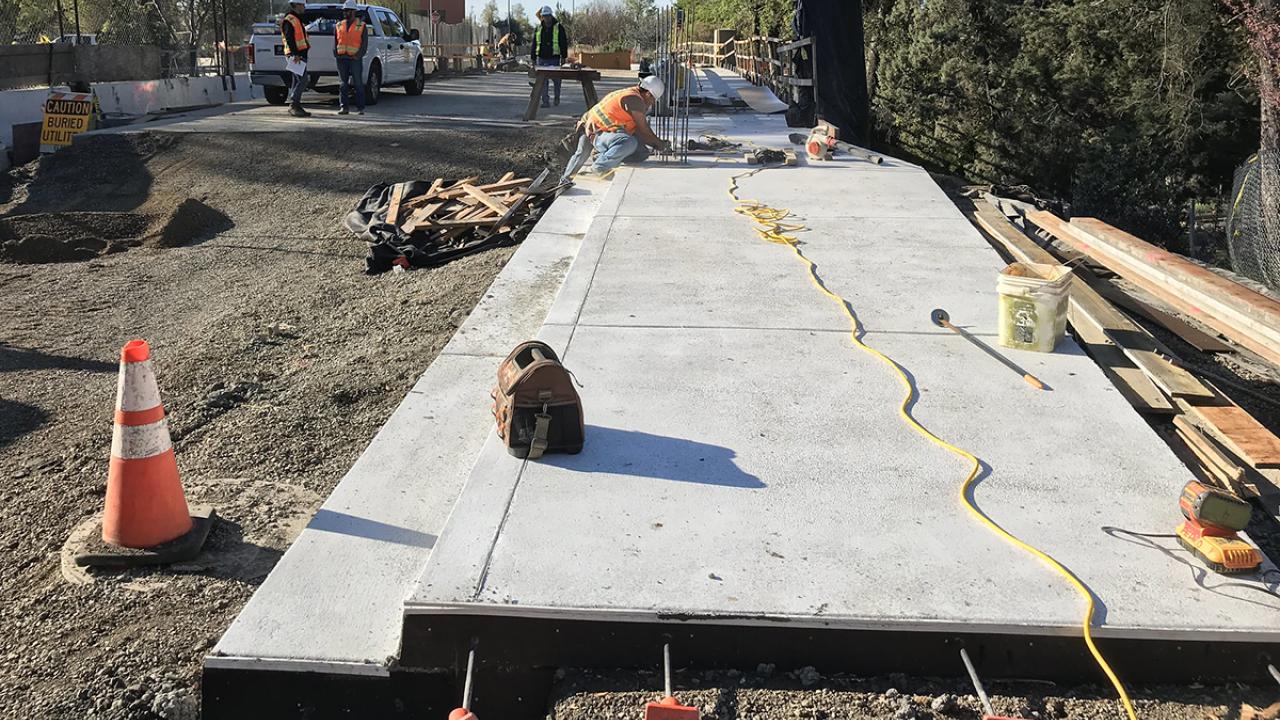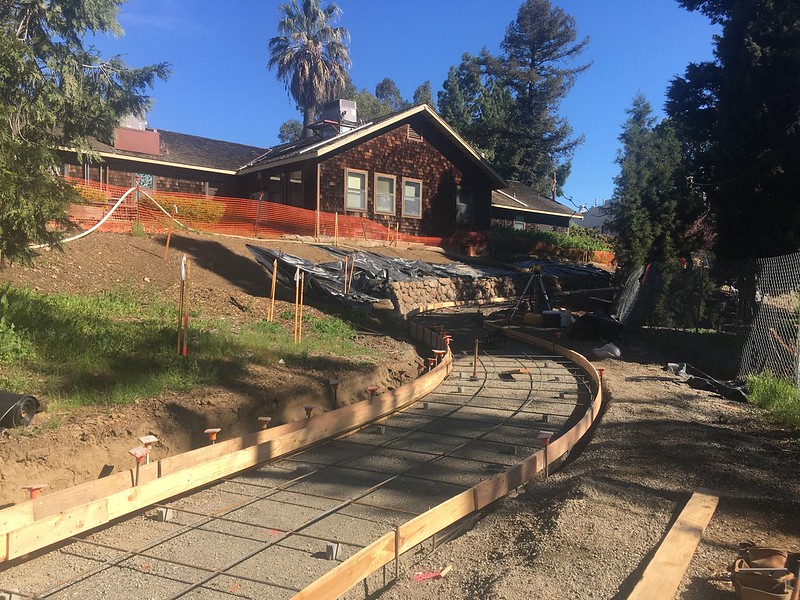
Update: La Rue Bridge replacement
The La Rue Bridge replacement project is well underway with plans to shift vehicular traffic from the current portion of the old bridge to the completed half of the new bridge in mid-April. Design and Construction Management (DCM) is on track to demolish the remaining half of the old bridge and complete the rest of new bridge by the start of Fall quarter. Once completed, the new bridge will be 20 feet wider, feature larger and safer traffic lanes, bike lanes and sidewalks. In the interim, bikes will be allowed in traffic lanes but there will still be no pedestrian crossing due to safety concerns. Learn more.

“While the portion of the new bridge being opened has a pedestrian walkway, there is currently no safe way for foot traffic to cross,” said Kurt Wengler, project manager for the bridge replacement. “We know it can be inconvenient to follow the detours, but safety is our primary concern.”
During the construction of this project, DCM has taken many measures to ensure the safety of community members, trees and wildlife, and as a result, they have experienced some delays. One of the delays came while saving the roots of a nearby tree.
“The design can never fully account for roots,” Wengler said. “There’s just no way you can understand the tree root profile just by looking at the surface.
In order to dig safely, the construction team had to use a technique called “vacuum excavation” to locate the roots without damaging them. From there, the team collaborated with campus arborists to see what portion of the roots could be safely removed. The team also took preventative measures to protect shallow roots living under a new path below the bridge, using a special fabric to mitigate potential damage from foot traffic. This level of caution and care can be time consuming and costly, but is more than worth it to keep the trees healthy. However, flora is just one aspect of the environment—fauna can be even more unpredictable.
“The biggest delay the team faced came on the wings of a black phoebe that decided to nest under the old bridge—in the middle of the construction zone,” Wengler said. “The bird swept into an existing nest and laid her eggs before we knew what hit us.”
The black phoebe (Sayornis nigricans) is protected under the The Migratory Bird Treaty Act, which makes it illegal to take, capture or carry a protected bird, its nest or its eggs. This meant construction had to be halted until the hatchlings were able to leave the nest, which ultimately took five weeks. While these delays have been inconvenient to the construction crew and campus community, they were necessary conservation efforts.
The ecological complexities haven’t been the only ones in the project. Several utilities lines were moved, including an electrical duct bank responsible for powering the main campus. All of this effort will be worth it when, in six months, UC Davis will have a safer bridge and a beautiful environment to enjoy it in.
Find more background information on this project on the Arboretum and Public Garden website and in this UC Davis news story.
